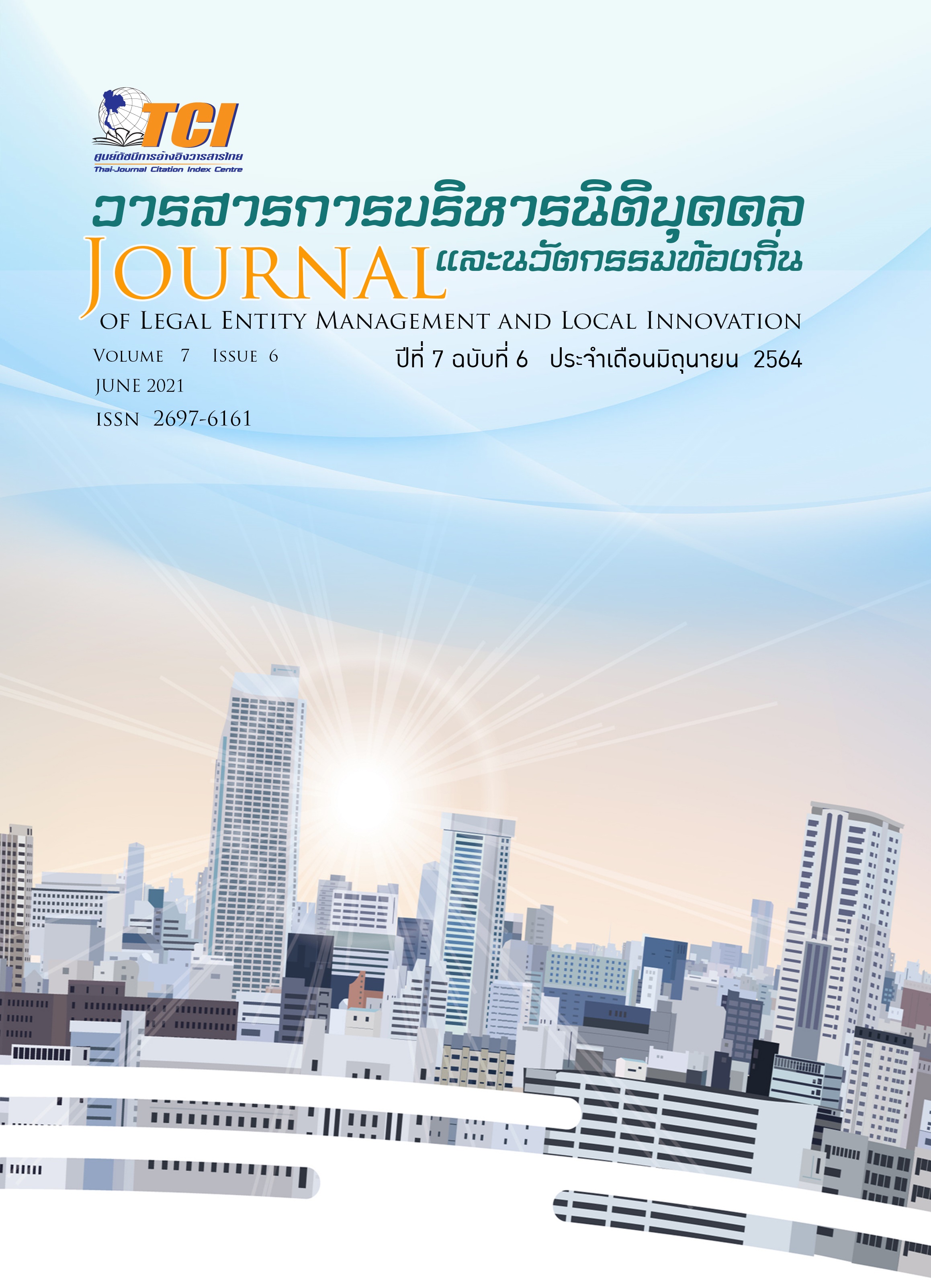The Potential Study and Agricultural Products Market Management of Mae-Salong nok agriculturist, Mae Fah Luang District, Chiang Rai Province
Keywords:
Potential, Agricultural Products Market ManagementAbstract
This research aimed to 1) study the potential of agricultural products production and distribution in Mae Salong Nok Sub-district and 2) analyze the potential and market management of agricultural products of Mae Salong Nok agriculturists. This study was a qualitative research. The target group was 40 agriculturists, entrepreneurs, government officials and community leaders. The research tools used were a structured interview and group discussion. The data was analyzed by using the content. The research results were as follows: 1. With regard to the livestock, the potential for production and distribution of agricultural products were black chickens and oriental honeybees (Apis cerana) were raised the most. As for the agriculture, backyard garden and salads were grown the most. In terms of fruit trees in the highlands, there were coffee and tea, and products from the forest were various types of bamboo and the distribution of agricultural products 1) Product aspect, field rice was produced for consumption, while cherries, persimmons and plums were produced for distribution in the form of raw materials. These fruits were processed a little, had repetitive patterns and similar packaging, 2) Price aspect, the price was determined by the middleman. The farmers lacked knowledge in calculating production costs. 3) Place aspect, the products were sold through the middleman, community market, and both domestic and international markets. 4) Sales promotion aspect, there was no promotional activities. Most products were sold in the form of raw materials. 2. As for the potential analysis and management of the agricultural market, the strength aspect; there were many types of agricultural products and a market supporting products. There were a lot of tourists visiting the area. The weakness aspect; the agricultural products were not processed and could not be sold as souvenirs. The products were not able to be kept for a long time and had no packaging. The opportunity aspect; there was a consulting organization and a marketing network from China. The threat; the product lacked identity, lacked clarity from the community market supervisor and the situation of the COVID situation led to fewer tourists coming to the community.


